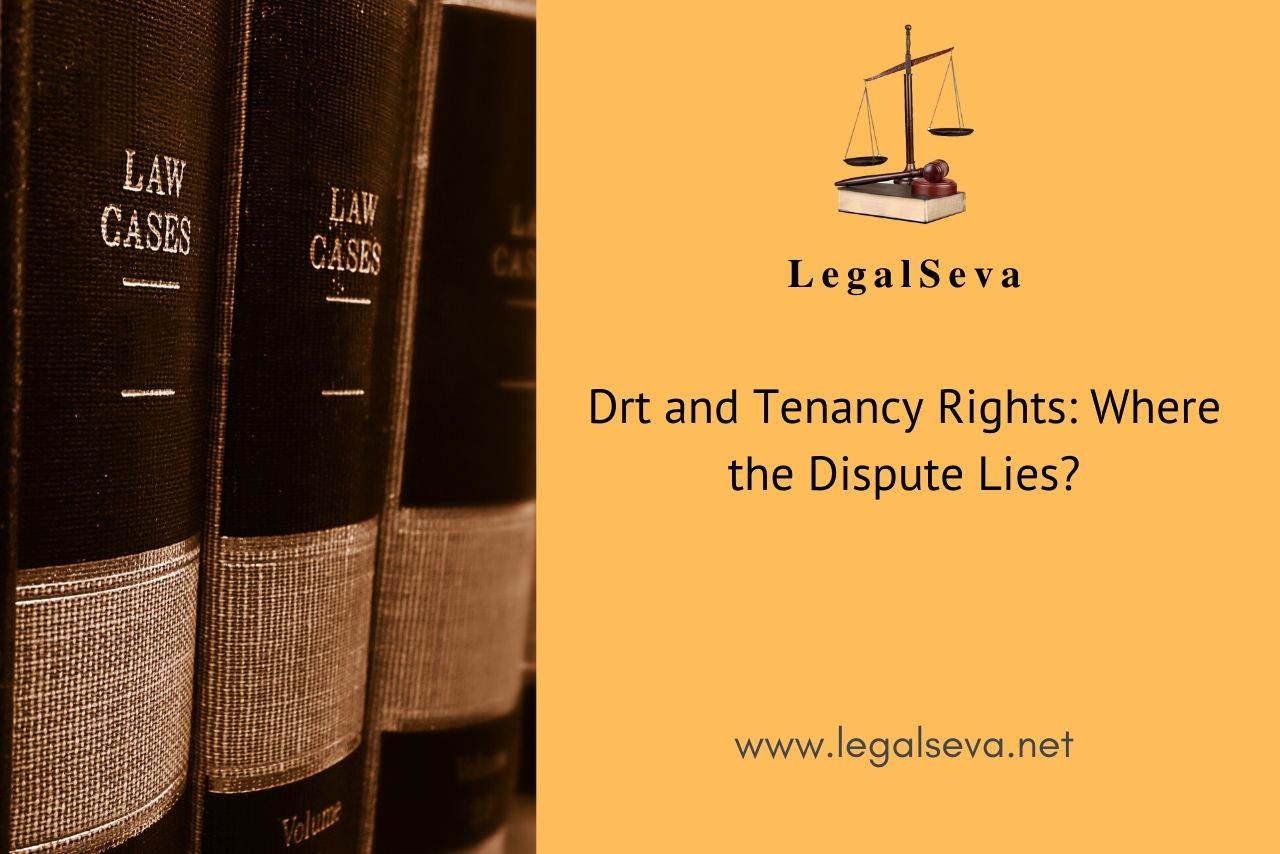Last Updated on June 10, 2024 by Satish Mishra
Whether a Bank or a financial Institution (NBFC) who has been successful under SARFAESI Act to take over the possession of a secured asset (Immovable Property), once a loan becomes NPA, automatically get the same right over the tenants in the premises of secured asset?
Securitsation and Reconstruction of Financial Assets and Enforcement of Security Interest Act, 2002 (SARFAESI Act) was enacted with an intent to provide speedy remedy to the banks and financial institutions (added in 2013) to recover their money trapped under Non performing asset by taking over the possession of the secured asset and adjusting the loan amount by selling off or auctioning the asset. But the dispute arose with regard to the rights of tenants residing or doing business in the premises of secured asset. Prior to 2016 the remedy available to a tenant under such circumstances was to knock the doors of civil court and get protection under the blanket of respective Rent Act of the concerned State. On the other hand it became difficult for banks and financial institutions to finally execute the sale or auction of the secured asset where tenants were residing or carrying on business. The Supreme Court in the judgment of Vishal N Kalsaria Versus Bank of India & Ors. 2016(1)
Also Read- Legal Representation or Legal Notice.
In order to end up the lacunae in the enforcement mechanism the government passed the SARFAESI Act Amendment bill 2016 extending the jurisdiction of DRT over tenancy disputes on secured asset. Section 17(4A) inserted by way amendment provides that DRT will have the jurisdiction to decide/examine whether lease or tenancy:
- has expired or stood determined;
- is contrary to section 65-A of the Transfer of Property Act, 1882 (4 of 1882); or
- is contrary to terms of mortgage; or
- is created after the issuance of notice of default and demand by the Bank under sub-section (2) of Section 13 of the Act
Conflict of jurisdiction?
With the Amendment of 2016 there has arisen a conflict between the jurisdiction of DRT under the SARFAESI Act and of a Civil Court under the Rent Act as the amendment has only provided for four issues on which DRT has the jurisdiction to decide the question of tenancy. However the judgments of various High Courts after the amendments have made it clear that all the questions of tenancy of a secured asset have to be decided by the DRT.
Also Read- Bankruptcy Law in India Decoded
Remedies available to a tenant under SARFAESI Act
Any person aggrieved as a tenant of a secured asset whose possession has been taken over by the secured creditor under SARFAESI act can approach the DRT under section 17 of the SARFAESI act to get protection against the eviction notice being served upon him. As the drt will allow the secured creditor to proceed only after deciding the question of tenancy.
Now, Banking and Debt Recovery Tribunal (DRT) lawyers and Advocates are within your reach. City Beautiful Hosts DRT-1, DRT-2 & DRT-3 covering regions of J&K, Punjab, Haryana, and Himachal Pradesh.
For any subject specific advice, do write to us at satish@legalseva.net or call 99888-17966 for quick info.
